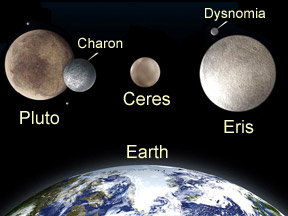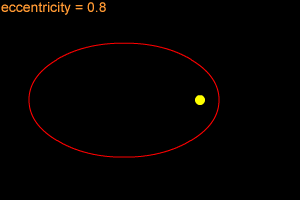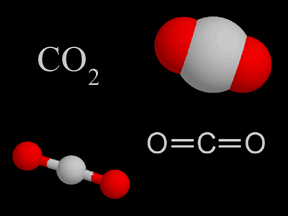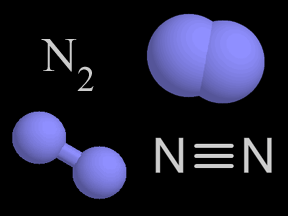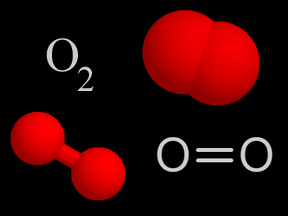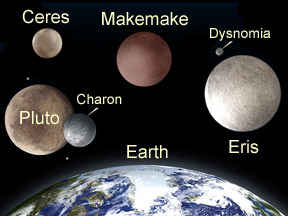Planets - Data Table
Dwarf Planets are listed in a separate table below.
| Mercury | Venus | Earth | Mars | Jupiter | Saturn | Uranus | Neptune | |
|---|---|---|---|---|---|---|---|---|
| diameter |
0.382 | 0.949 | 1 | 0.532 | 11.209 | 9.44 | 4.007 | 3.883 |
| diameter |
4,878 | 12,104 | 12,756 | 6,787 | 142,800 | 120,000 | 51,118 | 49,528 |
| mass |
0.055 | 0.815 | 1 | 0.107 | 318 | 95 | 15 | 17 |
| mean distance from Sun |
0.39 | 0.72 | 1 | 1.52 | 5.20 | 9.54 | 19.18 | 30.06 |
| orbital period (Earth years) | 0.24 | 0.62 | 1 | 1.88 | 11.86 | 29.46 | 84.01 | 164.8 |
| orbital eccentricity | 0.2056 | 0.0068 | 0.0167 | 0.0934 | 0.0483 | 0.0560 | 0.0461 | 0.0097 |
| mean orbital velocity |
47.89 | 35.03 | 29.79 | 24.13 | 13.06 | 9.64 | 6.81 | 5.43 |
| rotation period (in Earth days) | 58.65 | -243* | 1 | 1.03 | 0.41 | 0.44 | -0.72* | 0.72 |
| inclination of axis (degrees) | 0.0 | 177.4 | 23.45 | 23.98 | 3.08 | 26.73 | 97.92 | 28.8 |
| mean temperature at surface |
-180 to 430 | 465 | -89 to 58 | -82 to 0 | -150 | -170 | -200 | -210 |
| gravity at equator |
0.38 | 0.9 | 1 | 0.38 | 2.64 | 0.93 | 0.89 | 1.12 |
| escape velocity |
4.25 | 10.36 | 11.18 | 5.02 | 59.54 | 35.49 | 21.29 | 23.71 |
| mean density |
5.43 | 5.25 | 5.52 | 3.93 | 1.33 | 0.71 | 1.24 | 1.67 |
| atmospheric composition | none | CO2 | N2 + O2 | CO2 | H2+He | H2+He | H2+He | H2+He |
| number of moons | ||||||||
| rings? | no | no | no | no | yes | yes | yes | yes |
Dwarf Planets
| Ceres | Pluto | Haumea | Makemake | Eris | |
|---|---|---|---|---|---|
| diameter |
0.076 | 0.180 | 0.110 (average) |
0.102-0.149 | 0.188-0.235 |
| diameter |
974.6 | 2,300 | 1,960 x 1,518 x 996 (ellipsoid) |
1,300-1,900 | 2,400-3,000 |
| mass |
0.00016 | 0.002 | 0.00070 | 0.00067 | 0.0028 |
| mean distance from Sun |
2.76596 | 39.44 | 43.335 | 45.791 | 67.6681 |
| orbital period (Earth years) | 4.599 | 247.7 | 285.4 | 309.88 | 557 |
| orbital eccentricity | 0.07976 | 0.2482 | 0.18874 | 0.159 | 0.44177 |
| mean orbital velocity |
17.882 | 4.74 | 4.484 | 4.419 | 3.436 |
| rotation period (in Earth days) | 0.378 | -6.38* | 0.163 | ? | > 8 hrs ? |
| inclination of axis |
3 | 122 | ? | ? | ? |
| mean temperature at surface |
-106 | -220 | -223 | -240 | -230 |
| gravity at equator |
0.028 | 0.06 | 0.045 | 0.051 | 0.082 |
| escape velocity |
0.51 | 1.27 | 0.84 | 0.8 | 1.31 |
| mean density |
2.077 | 2.03 | 2.6-3.3 | 2 | 1.18-2.31 |
| atmospheric composition | none | CH4 | none? | maybe CH4 | maybe CH4 |
| number of moons | |||||
| rings? | no | no | no | no | no |
The eccentricity (e) is a number which measures how elliptical orbits are. If e=0, the orbit is a circle. All the planets have eccentricities close to 0, so they must have orbits which are nearly circular.
Last modified October 9, 2008 by Randy Russell.






